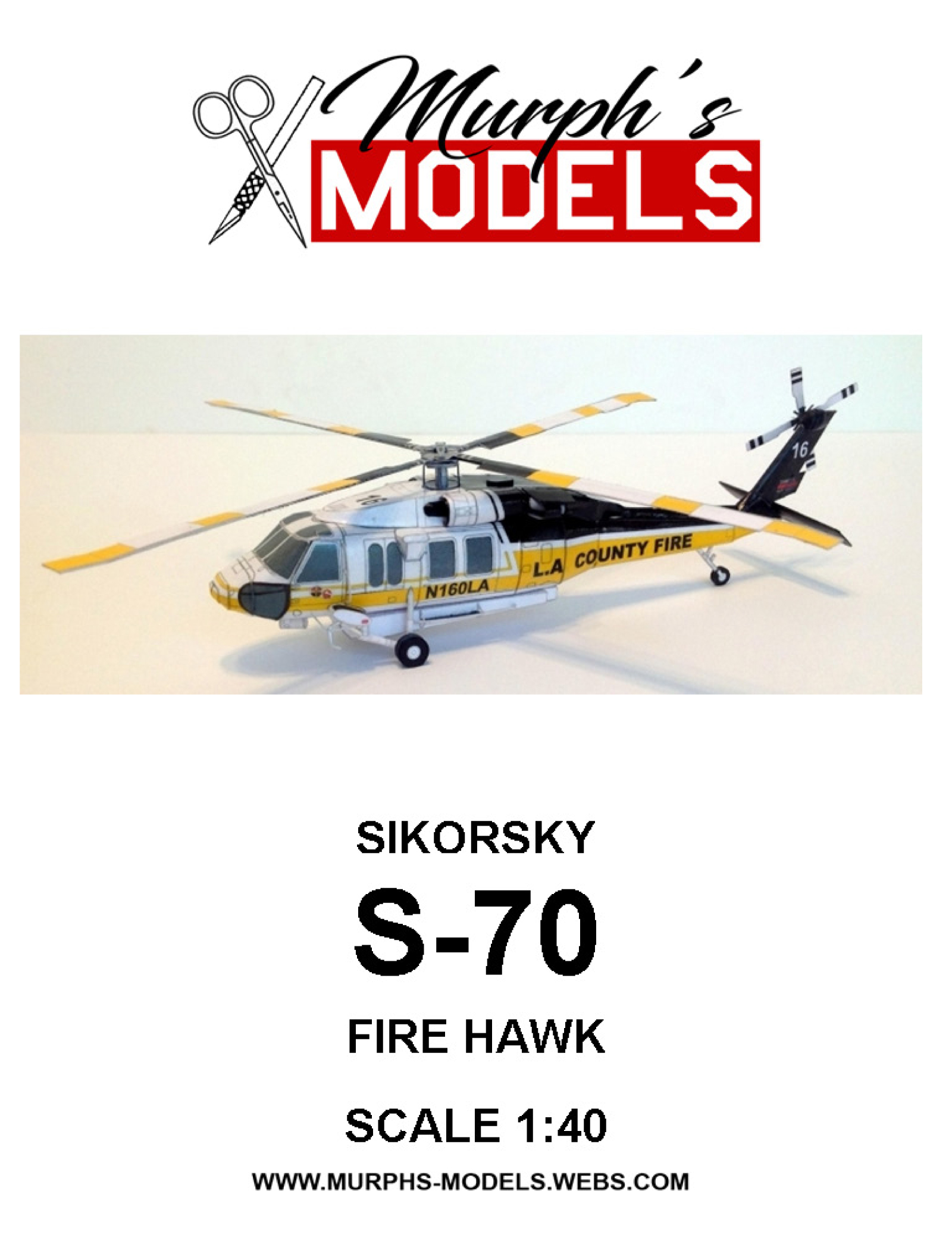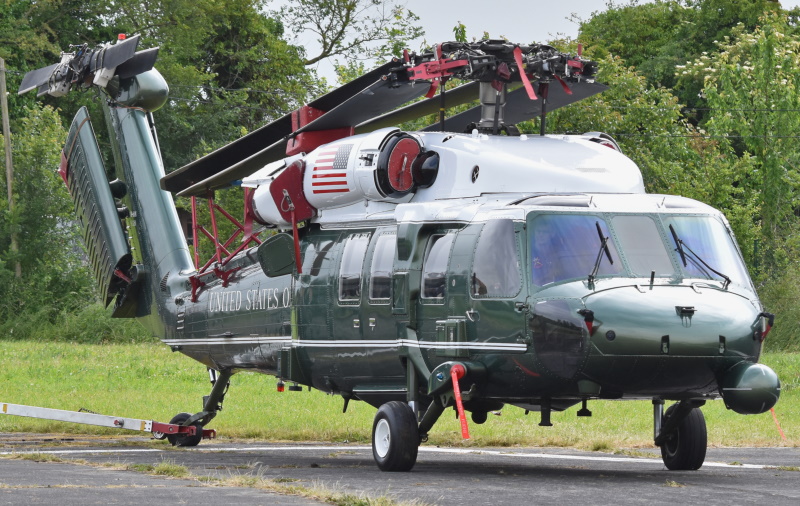A Take a look at the Sikorsky S 70's Function in Armed forces and Civil Aviation
A Take a look at the Sikorsky S 70's Function in Armed forces and Civil Aviation
Blog Article
High-Performance Multi-Role Rotorcraft Featuring Advanced Cabin Technologies and Integrated Sensing Unit Systems
The realm of rotorcraft innovation has actually seen noteworthy improvements in current times, especially in the realm of high-performance multi-role rotorcraft equipped with cutting-edge cockpit innovations and flawlessly incorporated sensing unit systems. In the adhering to discussion, we will explore the evolution of rotorcraft modern technology, delve right into the realm of innovative cabin advancements, and take a look at the ramifications of incorporated sensing unit systems on the operational convenience and effectiveness of modern rotorcraft.
Evolution of Rotorcraft Modern Technology
The evolution of rotorcraft modern technology has been marked by substantial improvements in the rules of aerodynamics, materials, and propulsion systems, forming the capacities and performance of modern-day rotorcraft. Furthermore, innovations in propulsion systems, consisting of more powerful engines and innovative propulsion innovations, have allowed rotorcraft to accomplish higher altitudes, faster speeds, and higher payloads.
These improvements have not just changed the capacities of rotorcraft yet have actually likewise broadened their applications across different industries, including military, commercial, and emergency solutions. The continuous development of rotorcraft innovation remains to drive advancement in the area, pushing the boundaries of what is feasible and forming the future of vertical flight.
Advanced Cabin Innovations
Structure upon the foundational developments in aerodynamics, materials, and propulsion systems, the world of rotorcraft innovation currently moves focus in the direction of introducing Advanced Cockpit Innovations. The combination of sophisticated modern technologies within the cabin atmosphere plays an essential function in improving the operational capacities, safety, and efficiency of contemporary rotorcraft. sikorsky s 70. Advanced Cockpit Innovations incorporate a wide range of features designed to provide pilots with boosted situational understanding, structured information management, and user-friendly control interfaces
Among the essential advancements in cabin design is the execution of glass cockpits, which replace traditional analog assesses with high-resolution displays. These electronic systems offer customizable designs, real-time data integration, and enhanced readability, enabling pilots to gain access to essential details at a look. Advanced avionics systems, such as fly-by-wire controls and increased truth display screens, are transforming exactly how pilots connect with the airplane, permitting for precise control and improved decision-making capabilities.


Incorporating innovative cockpit innovations not only improves pilot efficiency however also adds to general goal efficiency and safety and security in complex functional settings. By leveraging advanced technologies within the cabin, rotorcraft manufacturers are establishing new standards for functional excellence and goal success.
Integrated Sensing Unit Solutions
With the advancement of rotorcraft technology, the assimilation of advanced Integrated Sensor Solution has actually come to be paramount in improving functional performance and safety and security. These Integrated Sensor Systems incorporate a vast variety of technologies that give important data for different functions such as navigation, surveillance, targeting, and ecological monitoring. By effortlessly incorporating sensing units like radars, cams, lidar, and infrared systems into rotorcraft, drivers can take advantage of improved situational awareness, improved goal abilities, and lowered pilot workload.
One key benefit of Integrated Sensing unit Systems is their capacity to collect real-time information and provide workable understandings to pilots and objective operators. Advanced radar systems can spot and track targets over long distances, enabling for early threat detection and efficient reaction preparation. her response Furthermore, integrating electro-optical and infrared cameras allows rotorcraft to perform reconnaissance and security objectives with navigate to this site precision and accuracy.
In essence, the assimilation of cutting-edge sensing unit technologies right into rotorcraft not only enhances functional effectiveness yet likewise adds dramatically to general mission success and team safety and security. As rotorcraft proceed to develop, the role of Integrated Sensing unit Systems will certainly continue to be at the forefront of technology in the aerospace industry.
Operational Flexibility and Performance
Enhancing operational adaptability and efficiency in rotorcraft is an all-natural development from the integration of sophisticated Integrated Sensing unit Equipments. By leveraging the insights and data offered by these sophisticated sensor systems, rotorcraft can maximize their performance across different goals and settings.
Operational flexibility includes the capacity of rotorcraft to adjust to various roles and scenarios effectively. With sophisticated cabin technologies and integrated sensor systems, rotorcraft can perfectly shift between tasks such as search and rescue, medical emptying, monitoring, and extra. This versatility enhances the rotorcraft's capability to meet varied functional demands without needing considerable reconfiguration.
Effectiveness in rotorcraft procedures is essential for optimizing objective performance and source usage. Integrated sensor systems play a crucial function in improving functional performance by providing real-time information on climate problems, terrain mapping, target tracking, and extra. This information enables pilots to make informed choices quickly, optimize trip courses, conserve fuel, and boost general mission performance.
Impact on Modern Aeronautics Workflow

Furthermore, the assimilation of advanced sensing units facilitates enhanced goal planning and implementation, allowing rotorcraft to execute a wide variety of jobs with improved accuracy. From search and rescue operations to airborne firefighting and regulation enforcement objectives, the capabilities of modern rotorcraft outfitted with advanced cockpit innovations and incorporated sensing unit systems are unequaled.
Moreover, the impact of these innovations extends beyond operational effectiveness to cost-effectiveness and sustainability. By maximizing trip paths, gas intake, and upkeep routines, high-performance rotorcraft outfitted with advanced cockpit technologies and sensors contribute to minimizing functional expenses and ecological effect, making them indispensable assets in modern aviation operations.
Conclusion
In final thought, the high-performance multi-role rotorcraft with sophisticated cabin modern technologies and incorporated sensing unit systems stands for a considerable development in air travel innovation. These advancements boost functional adaptability and effectiveness, ultimately impacting modern-day aeronautics procedures in a positive way. The integration of these innovative modern technologies permits for enhanced abilities and performance in numerous goal situations, showcasing the continued advancement of rotorcraft modern technology in the air travel industry.
The world of rotorcraft technology has seen significant improvements in current times, especially in the world of high-performance i thought about this multi-role rotorcraft outfitted with sophisticated cockpit modern technologies and effortlessly incorporated sensor systems. From improved mission flexibility to enhanced functional efficiency, the merging of innovative cabin technologies and incorporated sensing unit systems has ushered in a brand-new age of opportunities for rotorcraft applications. In the complying with conversation, we will discover the development of rotorcraft technology, dig into the world of advanced cabin advancements, and check out the implications of incorporated sensing unit systems on the operational versatility and effectiveness of modern-day rotorcraft.

Report this page